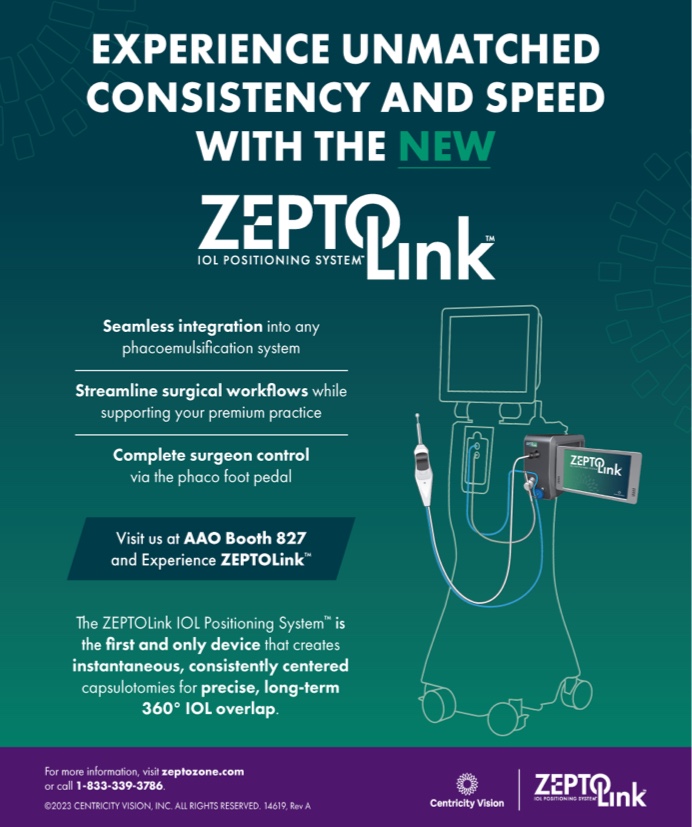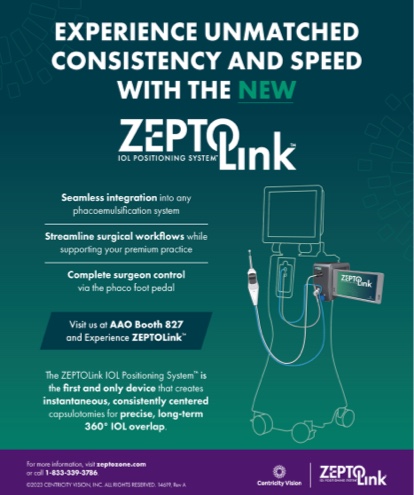| In order to overcome preventable and treatable blindness, we not only need to know how to take care of our patients, but we must be able to deliver quality care through financially sustainable systems. The Lions Aravind Institute of Community Ophthalmology (LAICO) in Madurai, India, is at the forefront of this effort—The Aravind Eye Hospitals in Tamil Nadu, India, are well known for providing a high volume of cataract care—and has created a model that helps workers all over the world deliver eye care to those who need it most. This month, my good friend, R. D. Thulasiraj, the Executive Director of LAICO, shares his insights into resource management and the fantastic results that have been achieved through LAICO's Organizational Capacity Training Program. |
| —Geoffrey Tabin, MD, Section Editor |
A relatively new perspective on community ophthalmology is emerging for the delivery of eye care in developing countries. Conventional perspectives focus on providing curative eye care to poor, rural, and underserved populations through outreach programs and eye camps. The emerging perspective in community ophthalmology is to build a sustainable program that meets all of a community's preventative and curative eye care needs and thus advances Vision 2020's goal of eliminating avoidable blindness by the year 2020.
In countries where blindness is a problem, resources are either scarce (as in most parts of Africa) or too abundant (as in Egypt and most of Latin America). The ability to deliver eye care services therefore is not limited by the availability of resources but by how workers utilize them. Since 1994, more than 220 hospitals in developing countries have learned to manage their resources more efficiently through the the Lions Aravind Institute of Community Ophthalmology's (LAICO) Organizational Capacity Training Program.
ORGANIZATIONAL DYNAMICS
Principles for Improvement
The success of an organization does not depend on the quality or technical competence of its infrastructure but in how its leaders use this framework to deliver services. Diligent and appropriate management will allow eye care providers, especially those in developing countries with limited resources and underserved populations, to maximize their services to the community. The following principles can be applied to improve eye care in developing countries.
Create a Demand for Services
In most developing countries, only a small proportion of patients who need eye care seek help, whether for simple interventions such as eyeglasses or treatment for diabetic retinopathy. Aravind Eye Hospital in Madurai, India, developed an eye care market in its community by using its patients as marketing ambassadors, offering counseling and education, providing affordably priced or cost-free care, and organizing outreach programs. These measures were designed to grow the market rather than to compete for patients already receiving services.
Increase Productivity
When price and capacity are concerns, organizations can improve their output and more successfully reduce costs by enhancing productively than by directly attacking the costs. The optimal use of resources requires planning and coordination as well as utilizing the institution's layout and controlling patient flow.
Ensure Quality
Over time, clinical outcomes and patients' satisfaction determine an organization's success, growth, and sustainability. To ensure quality care, an organization must establish a system for measuring the caliber of the services it provides and for stimulating their continuous improvement.
An eye hospital's core product is the service provided by its staff. Managers who provide competitive compensation and create an enjoyable work environment that keeps workers motivated will deliver this core product more efficiently. Workers who feel they are part of an organization's decision-making process and understand how their efforts contribute to its overall mission will be happier and more willing to take advantage of innovations that will help them deliver high-quality care to patients.
Establish Sustainability
Both for-profit and nonprofit organizations need a sustainable source of income. They must be highly efficient, develop appropriate pricing, and establish cost-control measures that do not negatively affect productivity. In addition, organizations must establish standard protocols to ensure clinical quality and guide the smooth succession of individuals in leadership positions.
Although the aforementioned principles were originally developed to meet the eye care needs of individuals in southern India, they are also effective in developing countries that face different economic, demographic, and transportation challenges. For example, within 1 year of completing LAICO's Organizational Capacity Training Program, workers at Lions Eye Hospital in Lilongwe, Malawi, used their existing resources to increase their output fivefold.
APPLYING THE CONCEPTS OF CAPACITY BUILDING
Even where resources are grossly inadequate and the reasons for investing in human or physical infrastructure are thus compelling, the priority of capacity building should be to lay a foundation for the proper use of new investments. In practical terms, the range and numbers of services offered by an eye hospital should reflect the needs of the community. Upon determining the institution's goals, the strategies for achieving them are fairly straightforward.
- Attain the targeted number of patients by creating a demand for services;
- Initiate processes for delivering efficient eye care;
- Verify that the services meet established standards of quality for delivery and clinical outcomes; and
- Ensure the organization's sustainability.
The process of capacity building in developing countries begins when a team from LAICO visits a participating hospital (Figure 1).
The team typically includes an ophthalmologist, a senior line manager, and a management specialist from LAICO, all of whom assess the local situation and identify opportunities for improving the organization's infrastructure. In addition, the team evaluates the hospital's system of management and organizational structure to identify four to six primary decision makers, who are then invited to attend the weeklong Vision and Capacity Building Workshop at Aravind Eye Hospital in Madurai, India. This program presents different managerial techniques and encourages attendees to formulate new strategies for improving the delivery of eye care. During the workshop, individuals from participating hospitals set goals for how they can meet the needs of the community under ideal conditions instead of based on their facility's current performance.
The team's members focus on the principles underlying each of the four areas previously described, learn how to apply the principles practically, and develop strategies for implementing change. For each strategy, they must devise a plan of action, set a time frame for the plan's completion, identify the required resources, and assign tasks to individuals (Figure 2). The entire process is documented online so that the information will be available when the team returns home. Follow-up assistance is available to hospitals that have completed the capacity building workshop through e-mail, additional site visits, and additional training for individuals.
MEASURABLE PROGRESS
Since 1994, the regional offices of many nongovernmental organizations—including Lions Club International (Oak Brook, IL), Sight Savers International (West Sussex, United Kingdom), Christian Blind Mission International (Bensheim, Germany), the International Eye Foundation (Kensington, MD), the Seva Foundation (Berkeley, CA), Orbis International (New York, NY), and the World Health Organization (Geneva, Switzerland)—have sent representatives from their partnering eye hospitals to LAICO's capacity building program.
Over the past decade, more than 200 eye hospitals have used the principles of capacity building to develop functional systems of management. These institutions have achieved dramatic clinical results within 12 to 18 months of completing the program by increasing their surgical output and utilizing user fees to move toward full financial self-reliance (a surrogate indicator of quality and efficiency in most circumstances) (Figure 3 and Table 1).
CONCLUSION
The LAICO's principle of capacity building represents a paradigm shift in the delivery of eye care. Using a structured outreach approach that integrates quality, productivity, and sustainability yields immediate short-term as well as sustained long-term results in the performance and the growth of eye care.
Ultimately, the goal of reducing the prevalence of blindness is achieved by treating one patient at a time through the dispensing of spectacles, the performance of sight-restoring surgery, and the provision of preventive eye care. To achieve these aims and the goals of Vision 2020, however, organizations must incorporate key principles of management into their treatment strategies.
R. D. Thulasiraj is Executive Director of LAICO-Aravind Eye Care System in Madurai, India. Mr. Thulasiraj may be reached at 91 452 435 6100; thulsi@aravind.org.


